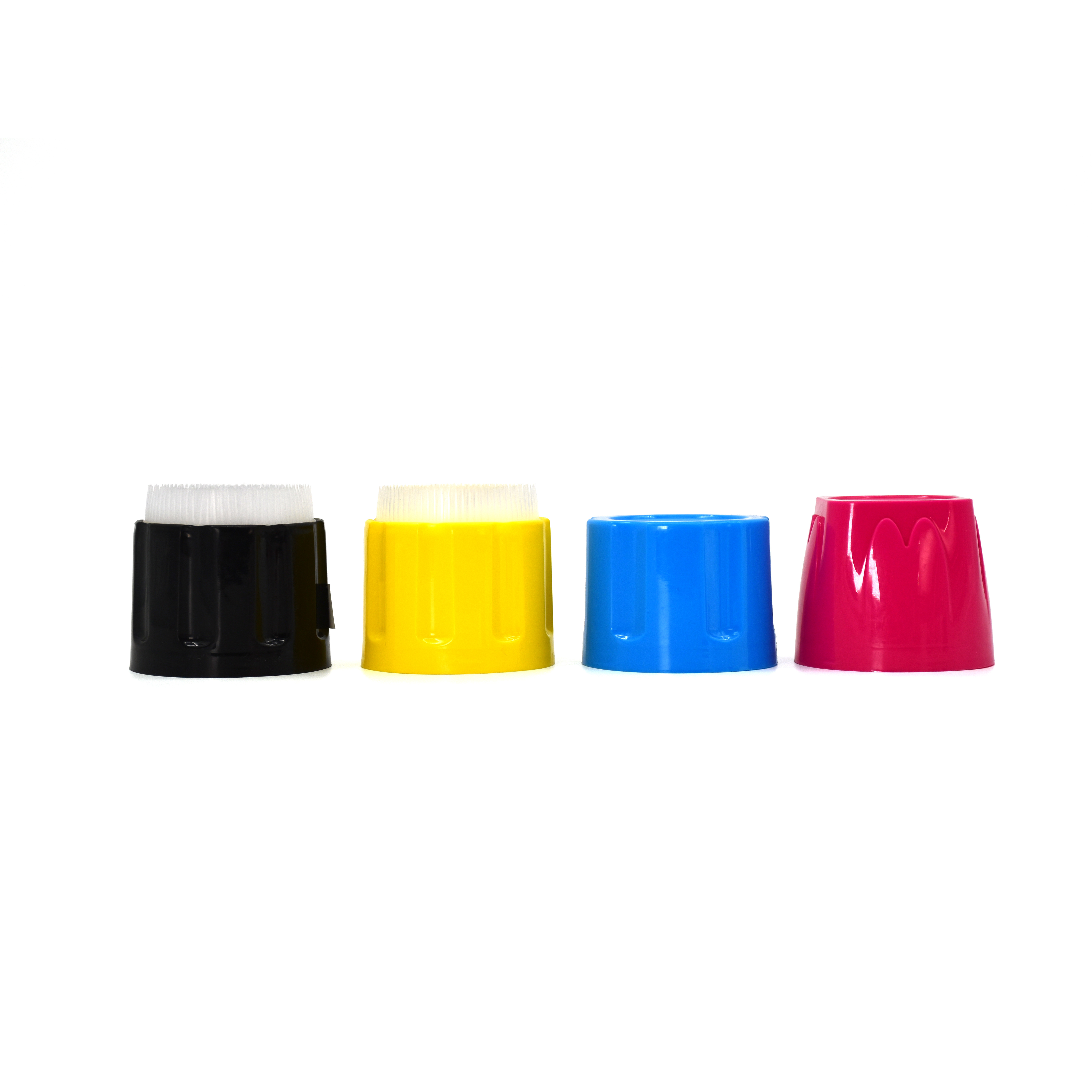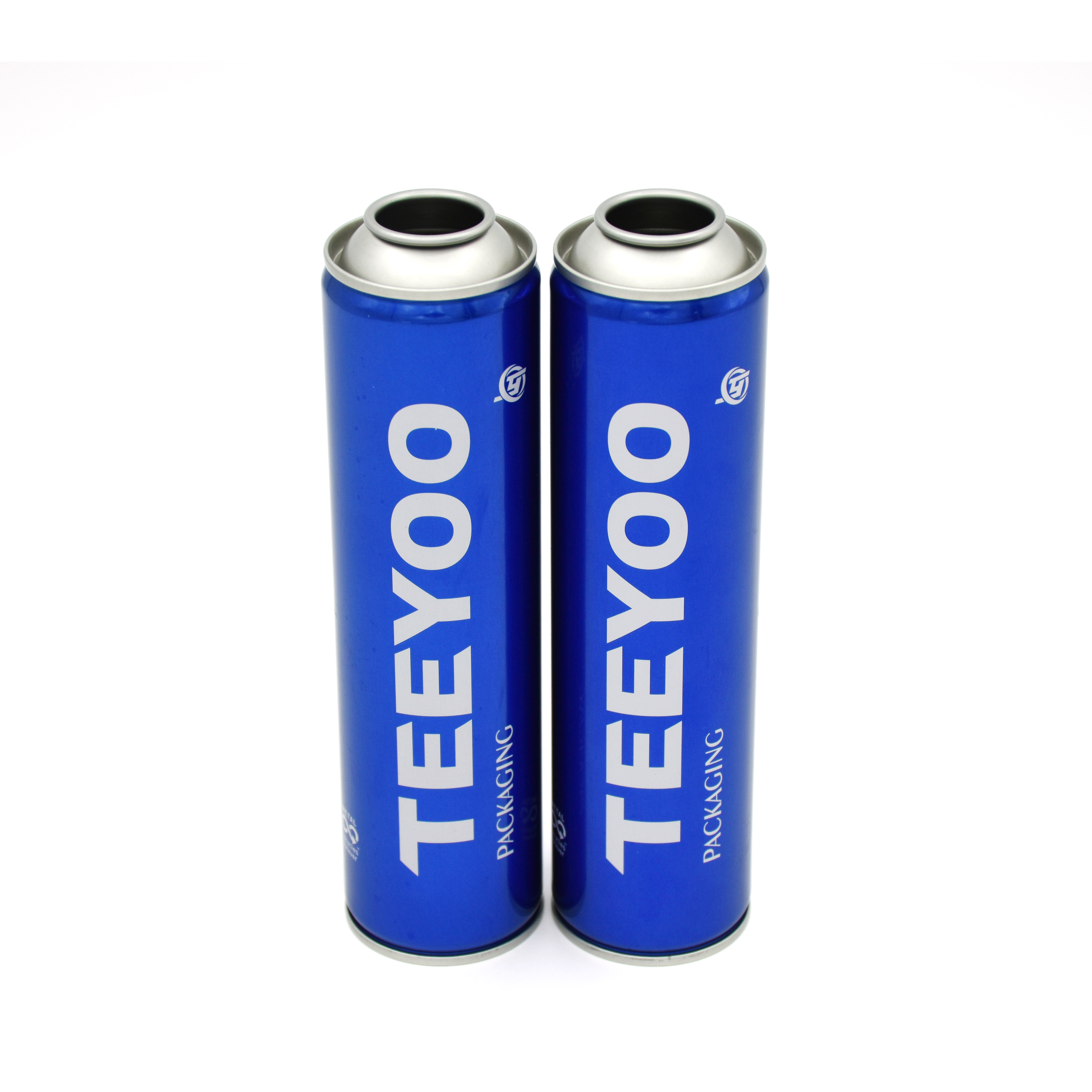Metal Can Cost Advantage: A Multi-Dimensional Analysis of the High-Cost-Effective Packaging Option
Dec 09,2024
In today's highly competitive packaging market, cost control is crucial for both enterprises and consumers. Metal cans, as a common packaging material, are gradually emerging in cost competition and showing significant advantages in multiple dimensions.
From the perspective of raw material cost, materials such as tinplate and aluminum commonly used in metal cans have unique cost advantages. Tinplate is mainly composed of iron and a small amount of tin. Iron is an extremely abundant metal resource on the earth, and its wide distribution ensures a relatively stable supply, which to a certain extent stabilizes price fluctuations. Although aluminum exists mostly in compound form in nature, with the maturity of bauxite mining and refining technologies, the annual output of aluminum has increased year by year, and the cost has been effectively controlled. Compared with some packaging materials that rely on specific scarce raw materials, such as some special papers that require specific wood varieties or some high-end plastics that rely on imported petroleum derivatives, the raw material sources of metal cans are more extensive and the prices are relatively stable. In addition, the high recycling rate of metal cans further reduces the raw material cost. A large number of recycled metal cans can be reprocessed and put into production after treatment, and the recycling and reuse cost is much lower than the cost of initially refining metal from ore. For example, when aluminum cans are recycled and remade into new cans, the energy consumption is only a small part of that for producing original aluminum cans, which enables metal cans to continuously enjoy the advantage of lower average raw material cost in long-term large-scale production.
In terms of production and processing cost, metal cans benefit from mature manufacturing processes. The production process includes cutting, stamping, welding, printing and other links, and each link has achieved a high degree of automation and standardization. Taking the stamping process as an example, modern high-speed stamping equipment can accurately process metal sheets into can bodies and bottoms in a short time, greatly improving production efficiency and reducing the stamping cost per unit product. In contrast, some packaging materials that are handmade or have complex processes and are difficult to automate, such as hand-blown glass containers or paper packaging boxes with special structures, not only have a slow production speed but also high labor costs, and it is difficult to effectively reduce the unit cost in large-scale production. At the same time, the printing process of metal cans is mature and diverse. Whether it is offset printing or gravure printing, high-quality printing effects can be achieved while realizing high production efficiency. In large-scale production, the printing cost can be effectively controlled, and the surface of metal cans can also be decorated by simple processes such as matte and polishing. The costs of these processes are relatively low in batch production, while other packaging materials such as new composite materials may require more complex and expensive surface treatment processes to achieve similar effects.
In terms of transportation and storage cost, the advantages of metal cans are also obvious. Due to their regular shapes, mostly cylinders or cubes, they have good stackability and space utilization. During transportation, whether in a container or in a truck compartment, metal cans can be closely and neatly arranged, maximizing the use of space, reducing the number of transports and transportation costs. For example, compared with irregularly shaped plastic packaging, a container of the same volume can load a larger number of metal cans. In terms of warehousing, metal cans can be stably stacked on the shelves, which is convenient for management and can fully utilize the vertical space of the warehouse, reducing warehousing costs. Some soft packaging materials or packaging with special shapes may require special warehousing equipment or occupy more warehousing space, thus increasing warehousing costs.
From the perspective of long-term use cost and comprehensive benefits, the durability of metal cans is also an embodiment of its cost advantage. Metal cans are strong and durable and can withstand certain external impacts and environmental changes. They can maintain good packaging performance for a long time under normal use conditions. In contrast, paper packaging is easily affected by moisture and damage, and plastic packaging may lose its protective performance due to factors such as aging and ultraviolet radiation, requiring more frequent replacement of packaging, which undoubtedly increases the long-term use cost. For example, for some products that need to be stored for a long time or transported repeatedly, such as industrial parts or canned food, although the one-time investment of metal cans may be relatively high, in the long run, their replacement frequency is low and the comprehensive cost is actually lower.
In conclusion, metal cans have obvious advantages in terms of raw material cost, production and processing cost, transportation and storage cost, and long-term use cost. They are a packaging material with extremely high cost-effectiveness. With the continuous development of the packaging industry, metal cans are expected to be widely used in more fields by virtue of their cost advantages, providing enterprises with more competitive packaging solutions and also bringing more economical, practical and reliable packaging options for consumers.
PREVIOUS:










